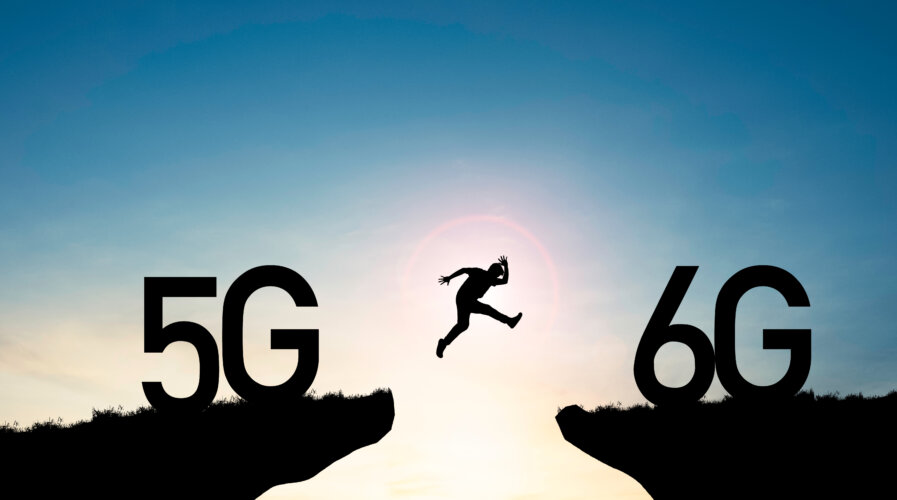
(Source – Shutterstock)
5G to account for 80% of operator revenue by 2027
While 5G was making headlines at the start of the decade, the full impact of the technology has taken a backseat. The main reason for this is the slow adoption of 5G technology in some parts of the world.
In fact, the global 5G mid-band population coverage outside of China has reached just over 10%, while mid-band coverage in Europe has reached 15%, according to a report by Ericsson. It expects 5G population coverage to reach over 30% by the end of 2022 and around only 85% by 2028 – still some time away.
With innovations in AI and tech layoffs now headlining the tech world, it remains to be seen how much 5G technology adoption will be affected. Currently, there are 129000 5G deployments to date by 214 operators globally, according to data by Ookla.
Yet, countries like India, Malaysia and even the US have taken a cautious approach to utilizing the 5G network.
What’s interesting is the amount of revenue that operators are forecasted to generate over the next few years. Juniper Research’s Operator Revenue Strategies: Business Models, Emerging Technologies & Market Forecasts 2023-2027 report has revealed the operators could generate up to US$625 million from 5G services globally by 2027.
The report also predicts that growth of 100% over the next four years will be driven by the migration of mobile subscriptions to 5G networks, and the increasing inclusion of eSIMs in devices such as laptops and Wi-Fi hotspots.
When it comes to revenue, Juniper Research forecasts that 5G will attribute for up to 80% of global operator-billed service revenue by 2027. This is fantastic news for operators who have heavily invested in their 5G networks. It also clearly shows why, in countries like Malaysia, telco operators are still not keen on the 5G deployment by Digital Nasional Berhad, the government body in charge of distributing the network. The telcos have signed the contracts but are still taking a cautious approach to how they distribute the service to their customers.
At the same time, the increasing implementation of eSIMs into new devices is also expected to drive global cellular data traffic to grow by over 180% between 2023 and 2027, as data traffic is offloaded from fixed and Wi-Fi networks to 5G.
Research author Frederick Savage commented, “eSIM-capable devices will drive significant growth in cellular data, as consumers leverage cellular networks for use cases that have historically used fixed networks. Operators must ensure that networks, including 5G and upcoming 6G networks, are future-proofed by implementing new technologies across the entirety of their networks.”
As 5G promises profitability for operators in the future, 6G is already on the agenda for some. The report predicts that increasing demand for cellular data signifies the need for 6G standards to adopt innovative technologies that are currently not used in 5G standards. This includes NTNs (Non-terrestrial Networks) and sub-1THz frequency bands as key technologies that must be at the center of initial trials and tests of 6G networks, to provide increased data capabilities over existing 5G networks.
However, the research cautions that the increased cost generated by the use of satellites for NTNs and the acquisition costs of the high-frequency spectrum will create longer timelines for securing return on 6G investment for operators. As a result, it urges the telecommunications industry to form partnerships with specialists in non-terrestrial connectivity; thus benefitting from lower investment costs into 6G networks.
This is already being seen in the increasing deployments of satellites that are capable of providing the connectivity operators need to provide the technology. For example, the SES O3b mPOWER medium earth orbit satellite constellation will enable operators to extend their networks seamlessly with future-proof scale and ironclad performance.
READ MORE
- The criticality of endpoint management in cybersecurity and operations
- Ethical AI: The renewed importance of safeguarding data and customer privacy in Generative AI applications
- How Japan balances AI-driven opportunities with cybersecurity needs
- Deploying SASE: Benchmarking your approach
- Insurance everywhere all at once: the digital transformation of the APAC insurance industry


